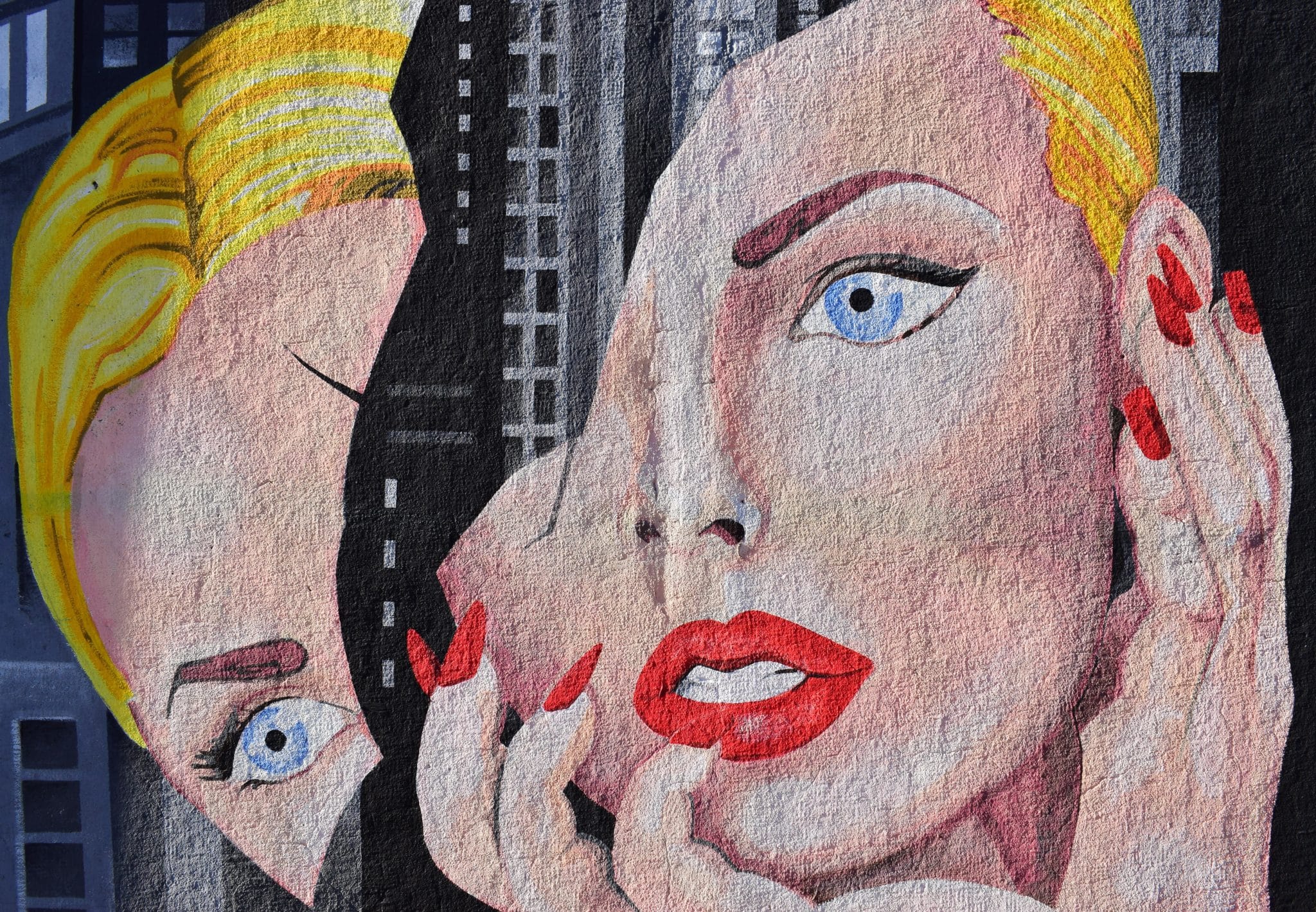The Buddha’s teaching of the four noble truths begins with the injunction that if you are to attain liberation, you must understand and fully experience how your life in entwined and defined by dukkha, meaning your mental experiences of discomfort, pain, stress, instability, inadequacy, failure, and disappointment, each of which is felt as suffering in your mind. This teaching is often referred to as the “Truth of Suffering.”
The Buddha identified three kinds of suffering: the dukkha of physical and emotional pain; the dukkha of constant change; and the dukkha of life’s compositional nature, which creates a kind of pressure and unease that is constantly present, even in the best of times.
The first kind of dukkha is the obvious suffering caused by physical discomfort, from the minor pain of stubbing a toe, hunger, and lack of sleep, to the agony of chronic disease. It is also the emotional suffering that arises when you become frustrated that things don’t go your way, or upset about life’s injustices, or worried about money or meeting others’ expectations. Each day you have many experiences that cause you to be disappointed, anxious, and tense, from getting stuck in traffic to forgetting to complete an important task to snapping at a loved one during an argument. Isn’t this true? In matters of love, family, work and self-acceptance, do you not experience these sorts of negative emotions over and over again?
In addition to the dukkha you experience as a result of painful, traumatic, and uncomfortable events that happen to you, there is a second type of dukkha that you confront on a regular basis. That is the suffering caused by the fact that life is constantly changing. Doesn’t it often seem as though the moment you have found happiness in life, it disappears almost at once? Something really good happens at work, or you and your partner spend an intimate morning in bed, or you share a precious laugh with your child, and then bang! It’s over. Now you’re worried about a deadline, or fighting with your significant other, or coping with your child’s needs, and all those pleasant feelings are replaced by worry, fatigue, and the weight of responsibility. In truth, no moment is reliable because the next moment is always coming along fast on its heels. It is like a constant bombardment of change undermining every state of happiness. The mind never finds a place to sit back and enjoy life without fear. Isn’t it paradoxical that the one constant in your life is change?
Like everyone else, you do what you can to try to prolong, enhance, and increase the number of pleasurable moments in your life, but nothing consistently works. There is always the next moment of the dance. No matter how much you attempt to distract yourself (and you may be one of those people who are great at creating distractions), your nervous system still perceives the changing dance, even when you are not aware of it, and it suffers, oftentimes even more so because you are trying to ignore it.
No doubt you have felt the pain, confusion, and stress that this constant flux brings to your own life, with one moment being desirable and the next displeasing. The implications are vast: You make every single choice every day within this context. You cannot escape from the continuous dance. It is an impersonal, universal truth of life. None of us—not even the wealthiest, the wisest, the most powerful—gets to be an exception. We all feel pain, we all lose loved ones, we all get ill, and we all die.
Furthermore, every day, even during the pleasant moments, do you not experience an underlying unease about the future? This worry and anxiety is a manifestation of the third type of suffering the Buddha identified—life’s inherent unsatisfactoriness due to its intrinsic instability. Even if you are fortunate in terms of your physical and emotional health, and even if you live in a secure environment with material comforts, your life is still filled with uncertainty. Disease, accidents, emotional disruption, economic setback, and death constantly lurk around the next corner. Do these threats not make you feel anxious and insecure?
How often in your adult life have you experienced the queasiness and unease that come from a sense of meaninglessness in your life? Think of all those occasions when you felt as though you were wasting you life, or sleepwalking through it, or not living from your deepest, most heartfelt sense of your self. Remember the times when you felt as though there is little you do each day that has any real, lasting significance. We’ve all fallen prey at some point in our lives to such constricted, dreaded, almost unbearable dark times of self-doubt and existential angst.
What Buddha is pointing to is that suffering is an experience of the mind. He’s not offering you relief from pain; he’s offering you relief from the extra mental reactivity that causes your misery. At first this can be foreign, but in fact it’s consistent with the roots of Western understanding of suffering. We’ve just lost our connection to it. Our ancient wisdom-bearers knew life was hard, and they too discovered that there was a difference between the pain of life and your reaction to it.
This article is an excerpt from Phillip Moffitt’s book, Dancing with Life: Finding Meaning and Joy in the Face of Suffering published by Modern Times/Rodale in 2008.

